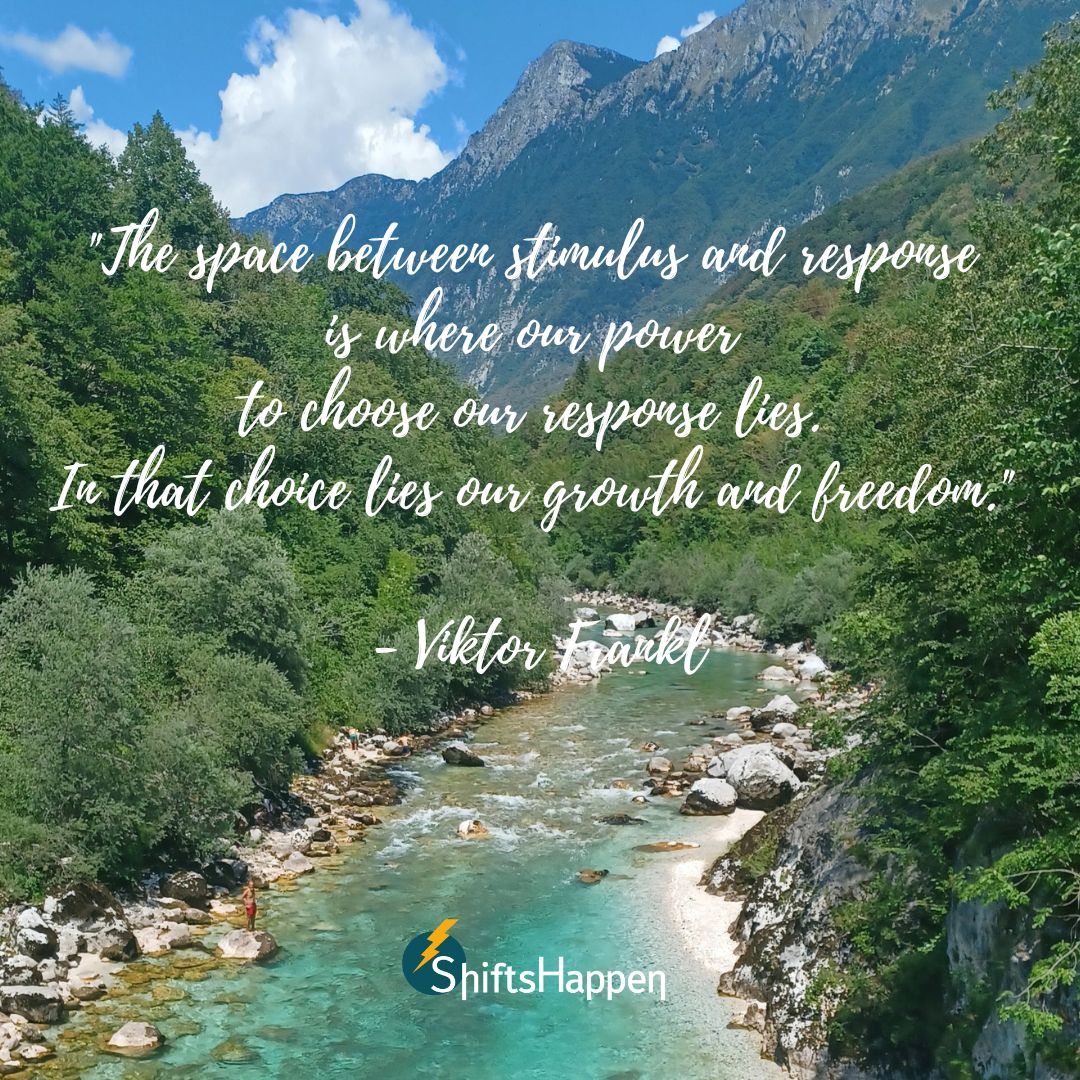From Automatic Reaction to Conscious Response: 6 Steps to More Connection

“I’m not one to complain, but…”
And then follows a detailed account of everything my conversation partner is struggling with. Whenever this happened, I noticed my tolerance for “the complaining fellow human” was steadily decreasing. And that was not what I wanted.
Complaining is part of life. It serves an important function. By expressing your frustrations in connection with someone else, you release tension, gain clarity, and check whether your feelings are considered valid. After all, you’d rather not stand alone in your annoyance.
A Sense of Irritation
Yet, whether I wanted it or not, I noticed a kind of irritation rising in me the moment someone started complaining. An irritation rooted in my belief that taking responsibility and focusing your attention on what you can influence not only helps you move forward, but also leads to a more pleasant and fulfilling life.
From that irritation came an automatic response: an inner sigh and the urge to ask questions like “Could you look at it differently?” or “What part do you play in this story?” as soon as the opportunity arose in the conversation.
Although there’s nothing inherently wrong with those questions, the key lies in the timing. Too early, and it created a sense of disconnect and discomfort. Too late, and I had already mentally checked out. Regardless of timing, I wanted to respond differently in the moment itself.
6 Steps from Automatic Reaction to Conscious Response
Based on the Transformational Presence approach, I gradually developed a way to respond differently in the moment. More effectively. More compassionately.
I began to see my irritation as a signal to slow down and create inner stillness. I allowed the feeling to be there. I tuned in to what the situation wanted me to know and who it was asking me to be. I began to see these moments as opportunities to learn and grow—an invitation to show up differently in the conversation. I chose to be more present with compassion and patience. And the behavior that matched that choice was to listen, to postpone my questions, or sometimes not ask them at all.
The Result?
Since then, I’ve experienced a deeper connection with others. People feel more heard and taken seriously. My energy level remains high. And my timing has improved, making my questions better aligned with the other person’s willingness to listen to them and possibly act on them.
The six steps I applied here have proven to be highly effective in practice. They help shift from an unconscious, automatic reaction to a conscious response in the moment. Here they are:
1. Slow down and create stillness within yourself
2. What do you feel or notice? Let it simply be
3. What does the situation want you to know?
4. Who is it asking you to be?
5. Who do you choose to be?
6. What is your next step?
Perhaps you recognize situations where your first (automatic) reaction is less effective and doesn’t lead to what you actually want. Try applying these six steps and observe what they bring you. It may take some practice, but the reward is well worth it!
I wish you joyful exploration and a deeper connection with yourself and those around you!

